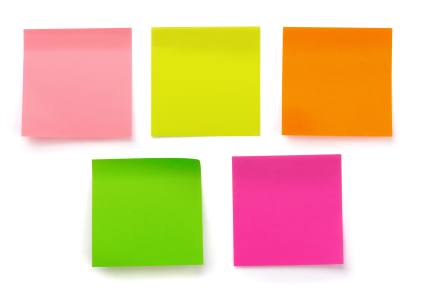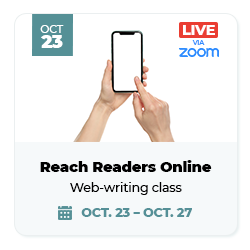Use a better webpage structure
What if I told you there was a way to organize content on your webpage that had been proven in the lab to increase reading by 520% and readers by 300% (Groove HQ)?

That would increase sharing? Boost understanding, memory and satisfaction? Outperform the traditional news structure in many other ways?
I’ll bet you’d use it, right?
Five steps to a great webpage.
Here’s how to write a webpage in five easy pieces:
- Lead. Grab attention with concrete, creative, provocative information. Show, don’t tell. Illustrate your message, don’t explain it.
- Nut graph. Put the story into a nutshell — one simple walkaway sentence — where you tell the reader where you’re taking them with this story.
- Background section. The background section — aka the blah blah — is the boring but necessary information in the story. It might include a definition, broader context or history or a trend.
- Body. Build out the story into clear, logical parts. To help web visitors find what they’re looking for, label the parts with subheads or bulleted lists with bold-faced lead-ins.
- Next steps. Finally, conclude with the call to action, or “go and do” information.
Boost readership, engagement.
See? It’s as easy as 1-2-3-4-5. This simple web content structure should net your webpages higher engagement and conversion rates than the traditional inverted pyramid.
How can you organize messages for mobile?
Are you using a structure that’s been proven in the lab to attract 300% more readers and 520% more reading? Get more social media shares? Boost readership, understanding, engagement, interest, satisfaction and more?
Master a structure that’s been proven to grab readers’ attention, pull them through the piece and leave a lasting impression at Reach Readers Online — our web-writing workshop starting Oct. 23.
Writing mobile web content will be a breeze once you learn Ann’s fill-in-the-blanks format. All it takes is five easy pieces.
Save up to $100 with our group discounts.

